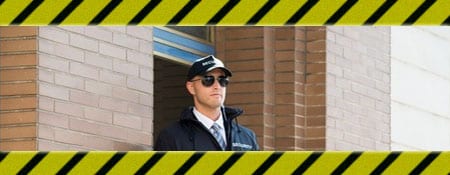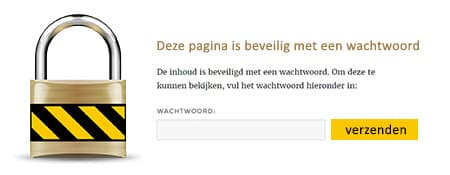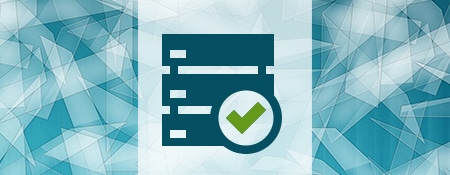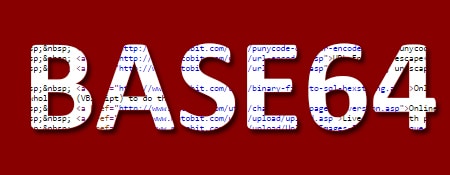
To properly secure WordPress, you need to address multiple points.
- Choose a unique username and a long password
Explanation: The username should be unique, not something common like your first name or website name. The password should be at least 8 characters long and can include a combination of uppercase letters, lowercase letters, and numbers. Learn more about the importance of a strong password here. - Ensure your server permissions are set correctly
Explanation: Only the uploads folder and its subfolders should be set to 777/writable, all other folders should be set to 755, and the wp-config.php and .htaccess files should be set to 444. You can check and adjust these permissions using a free FTP program. - Regularly update plugins and WordPress
Explanation: WordPress releases updates regularly, some of which may cause issues with plugins. It’s important to focus on updates that address security issues and enhance security. You can check the “release notes” to see if security issues are being resolved. - Use one good security plugin
Explanation: There are several security plugins available for WordPress. These security plugins are essential to block brute-force attacks, hide the admin area, and protect files and data.



